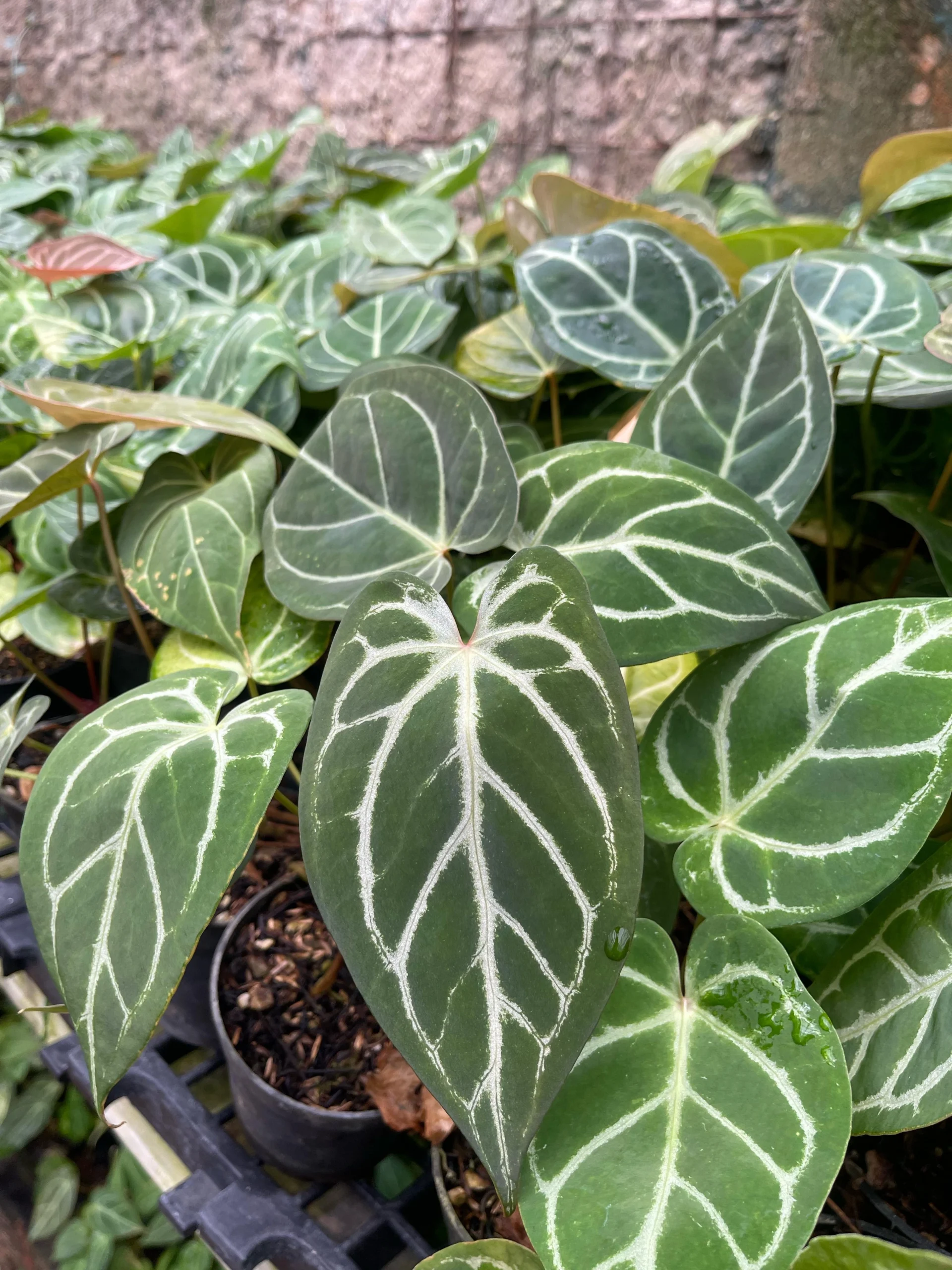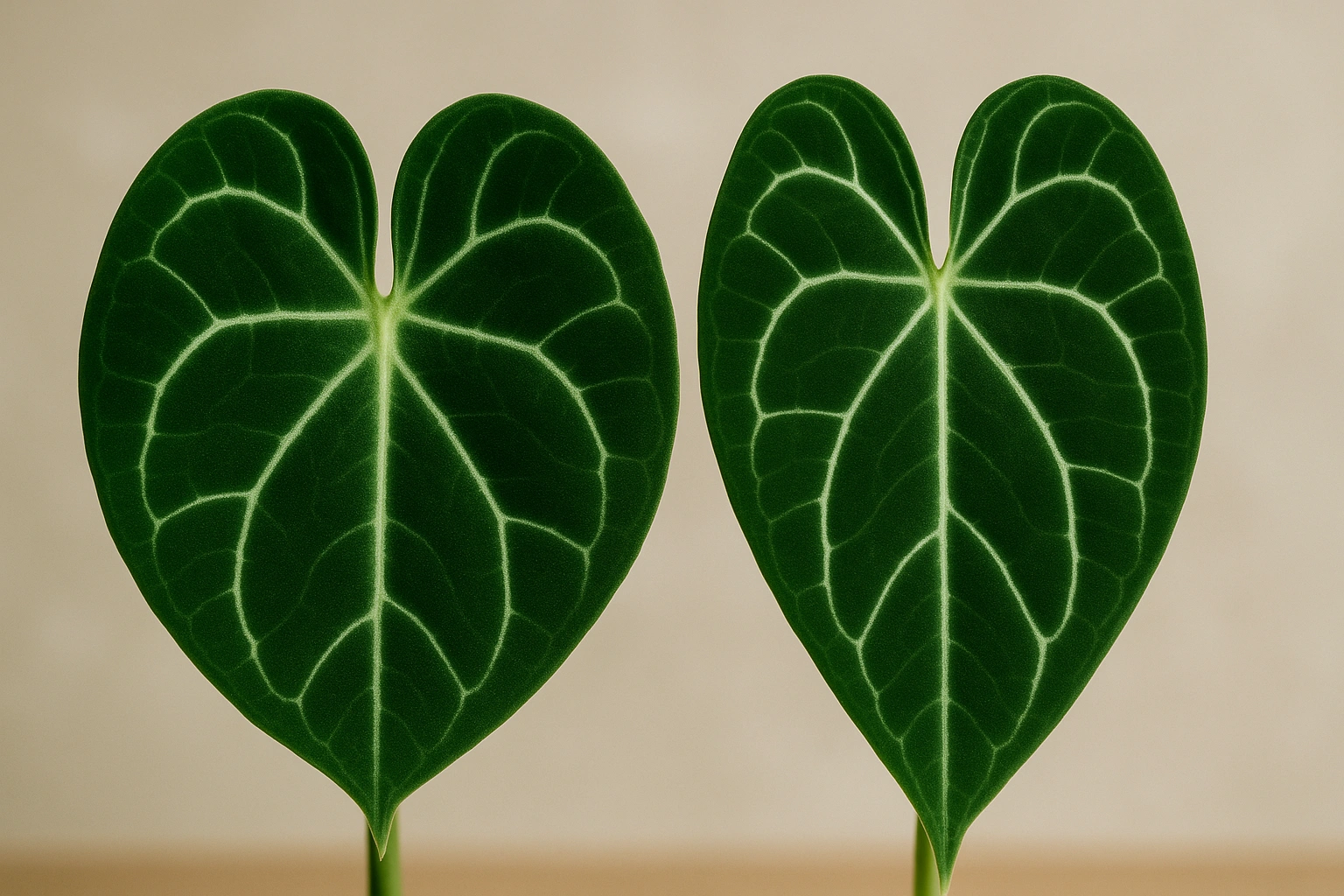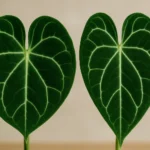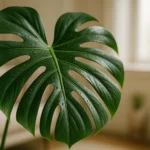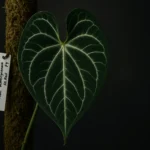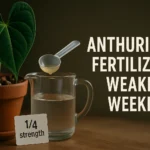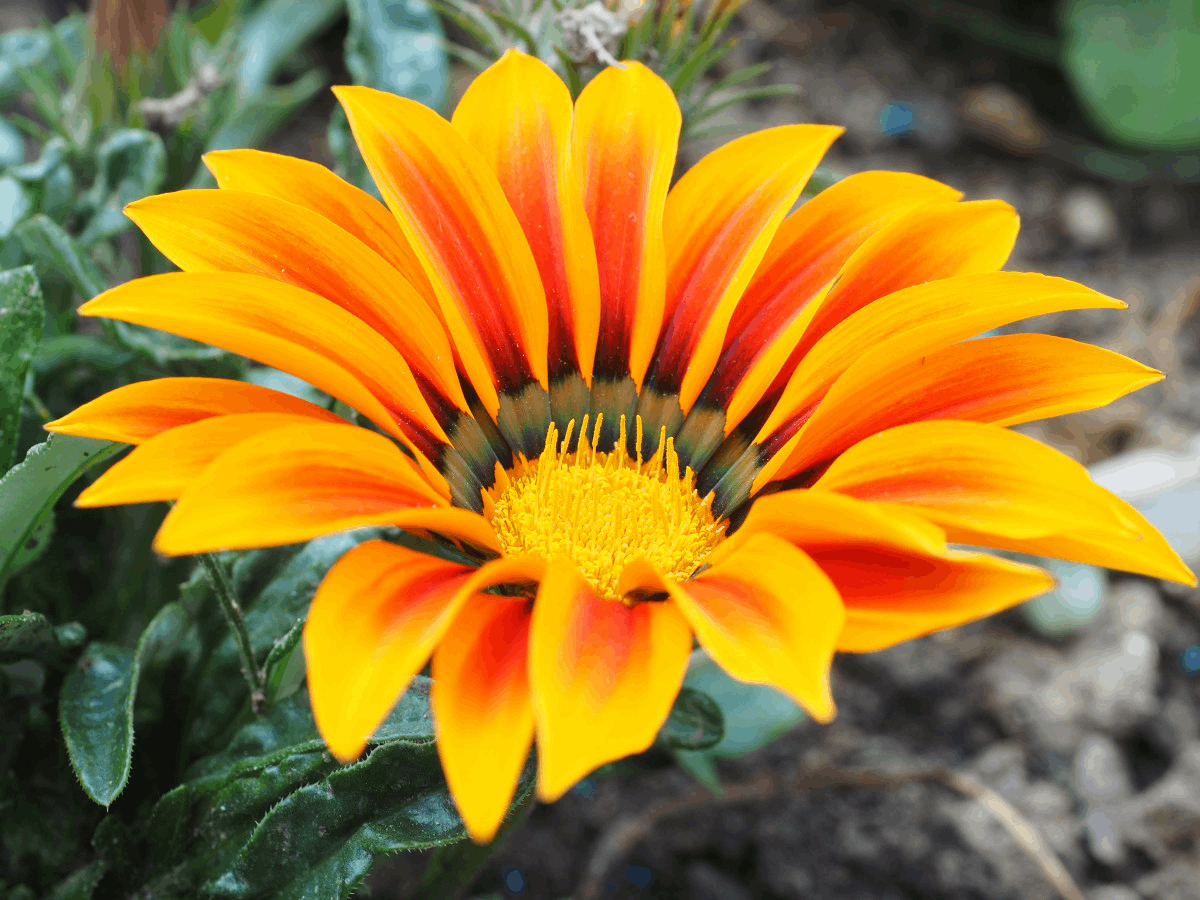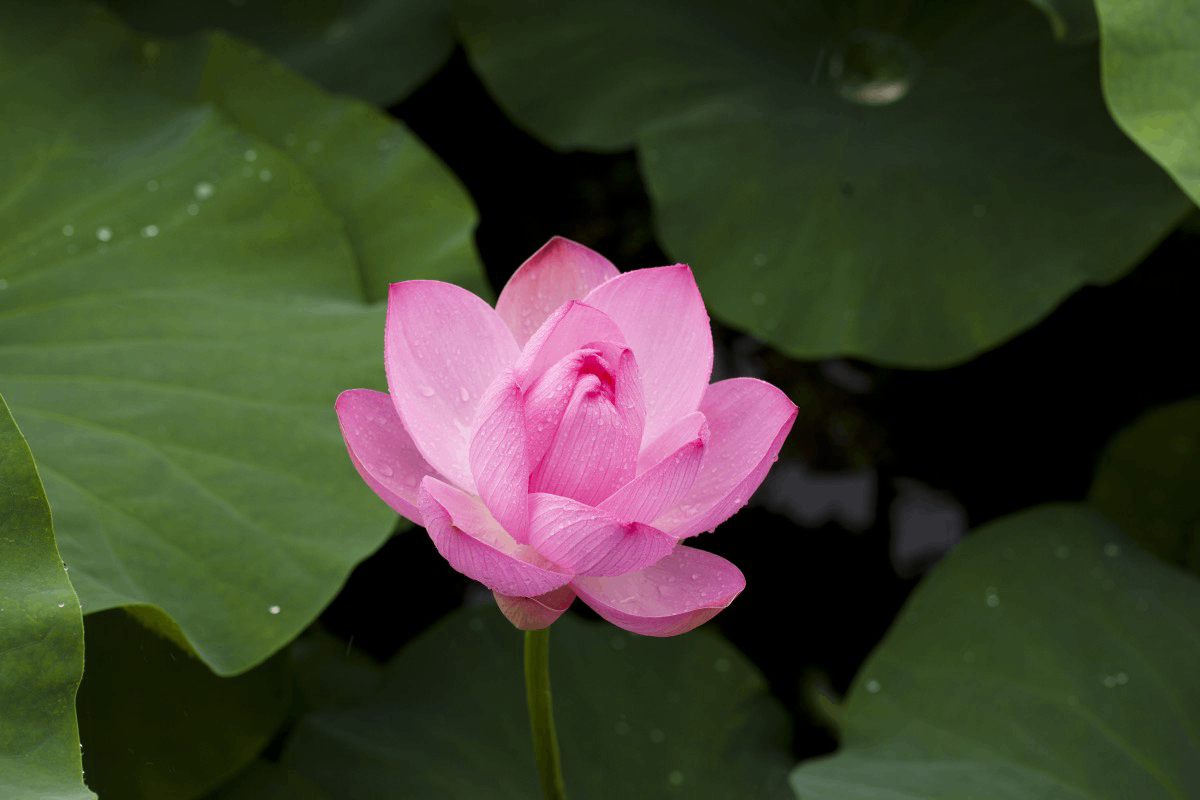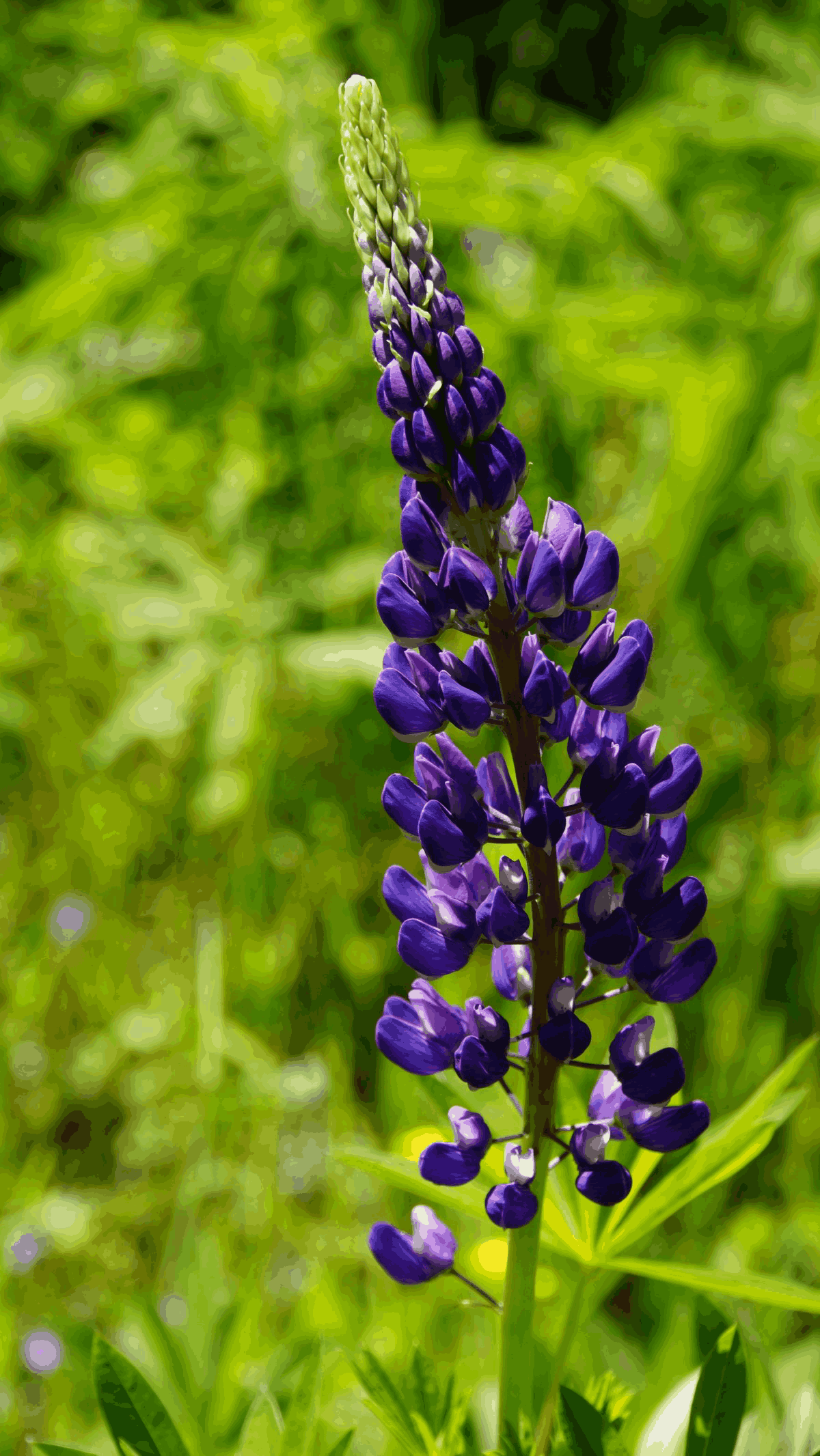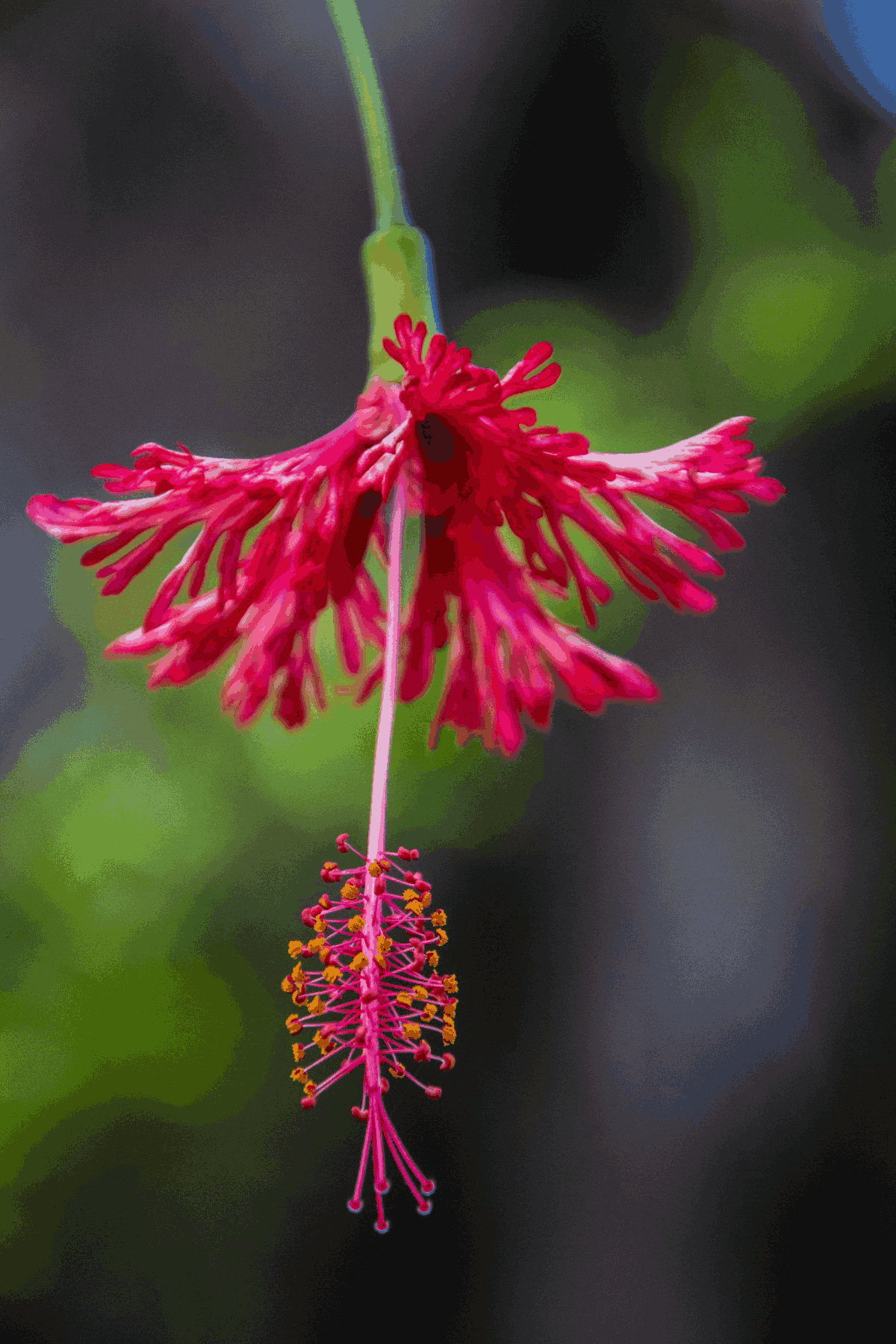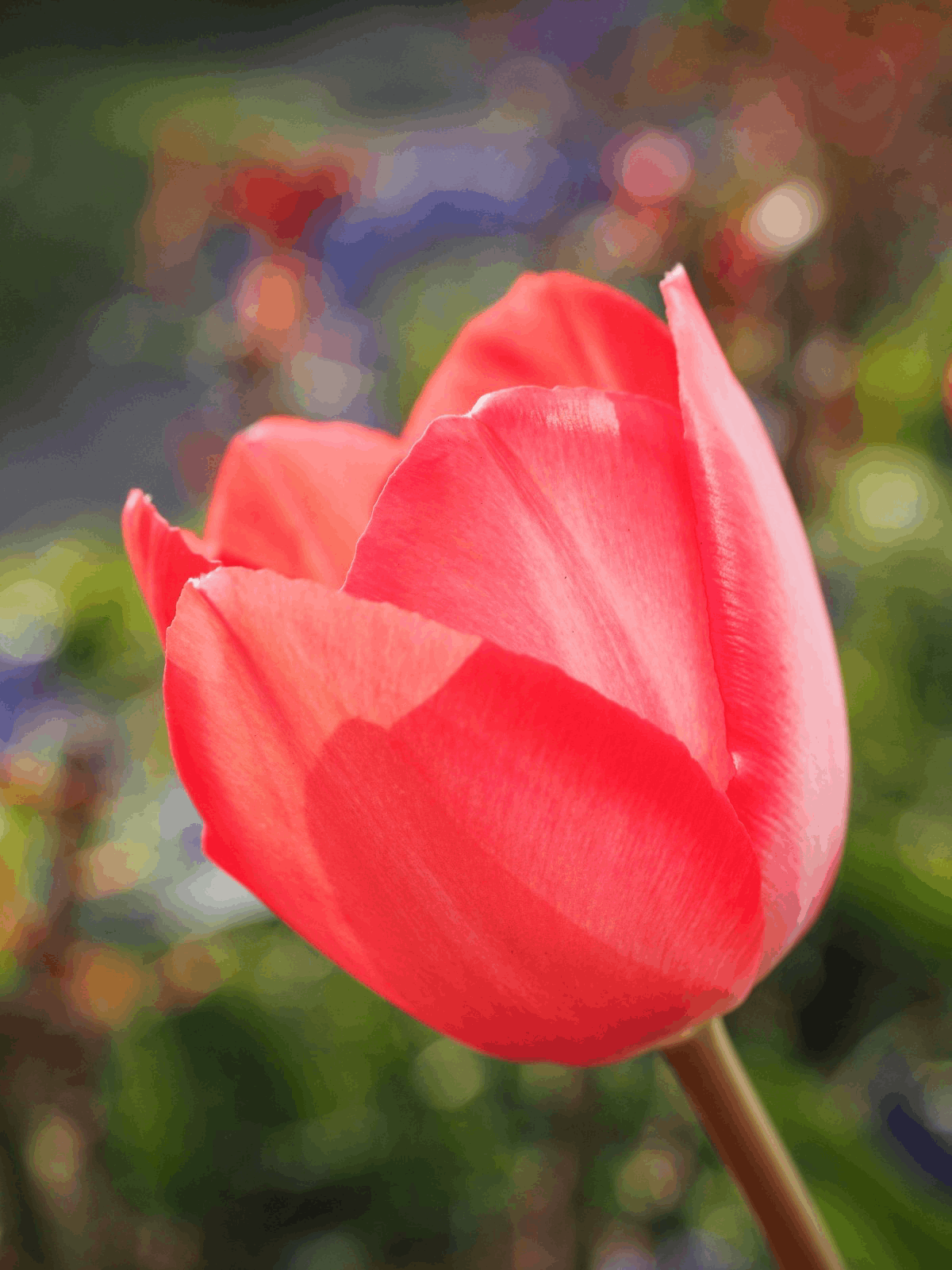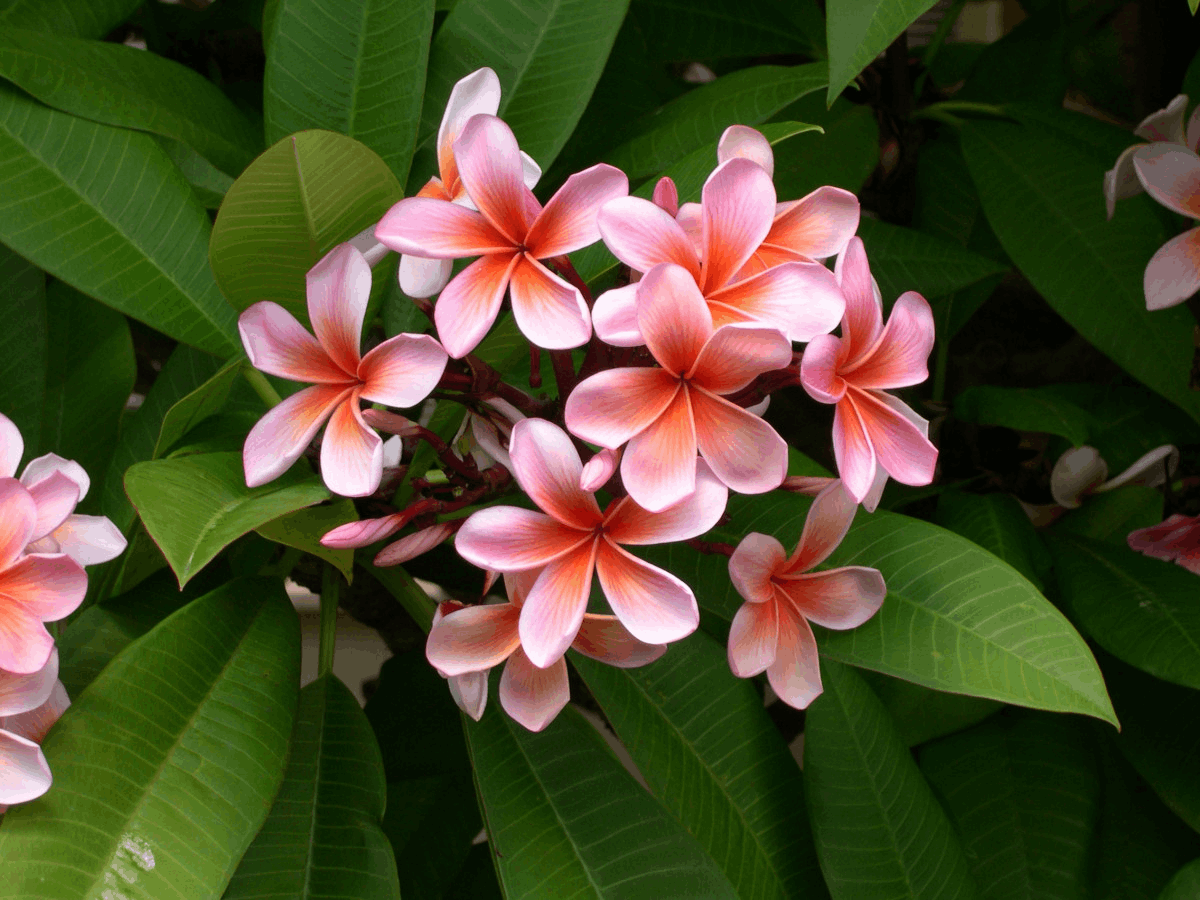Introduction
Have you ever been captivated by a leaf so perfect it looks like a painter’s masterpiece? That’s the magic of velvet-leaf Anthuriums. With their deep green, heart-shaped leaves and crystalline white veins, they are the definition of living art. But as you venture into the world of these stunning plants, you quickly encounter two lookalikes: *Anthurium clarinervium* and *Anthurium crystallinum*. Telling them apart—and knowing how to care for them—can feel like a challenge reserved for experts.
This guide will illuminate the subtle yet crucial differences between these two collector-favorite **Anthurium** species. We will explore everything from identifying them by their leaf shape to mastering their specific care needs, including humidity, soil, and the fascinating process of **leaf hardening**. At GreenWandering, our passion is curating healthy, unique plants, and we’re here to share our expertise so you can confidently choose and grow these botanical jewels. Let’s dive in.
What Is a Cardboard Anthurium?
Anthurium is a massive genus of over 1,000 species in the aroid family (Araceae), native to the tropical regions of the Americas. While many are known for their colorful, waxy spathes (often mistaken for flowers), a distinct group is prized for its spectacular foliage. *Anthurium clarinervium* and *Anthurium crystallinum* belong to the section *Cardiolonchium*, a group renowned for its dark, velvety, heart-shaped leaves with contrasting pale veins. According to the Missouri Botanical Garden Plant Finder, these species often grow as epiphytes on trees or lithophytes on rocks in their native habitats, which tells us a lot about their need for excellent drainage.
In 2025, these “velvet leaf” Anthuriums continue to be highly sought after. They cater to the growing trend of plant collectors seeking rare and visually striking specimens that don’t require a massive amount of space. Their compact growth habit and jaw-dropping foliage make them a perfect fit for modern homes, where they serve as a sophisticated, natural focal point.
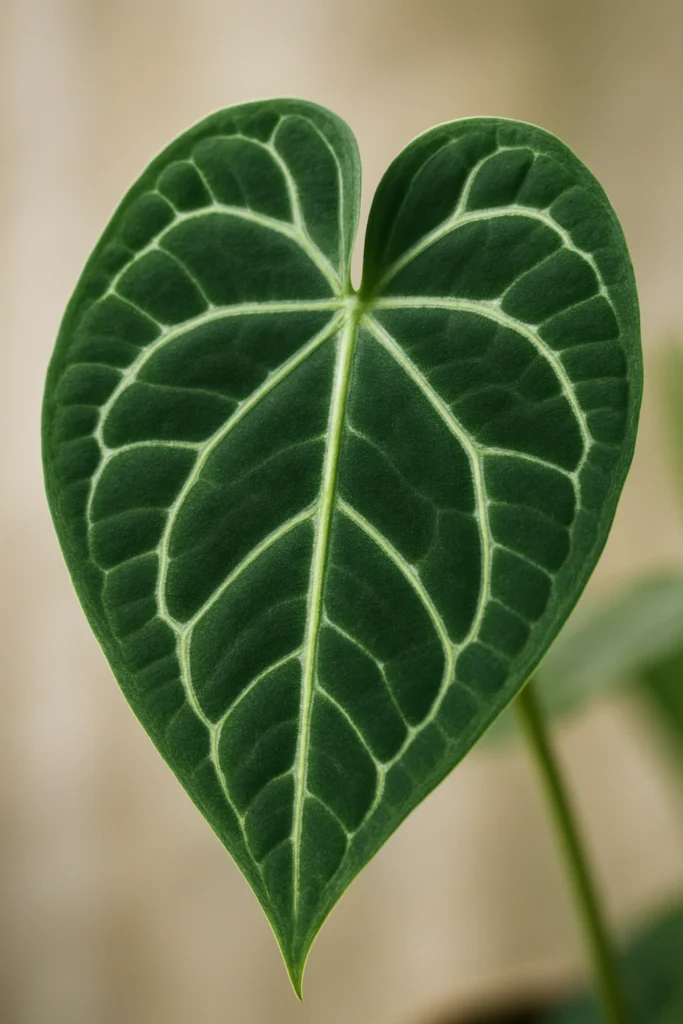
Key Visual Traits & Identification
At first glance, Clarinervium and Crystallinum are strikingly similar. However, a closer look reveals key differences that are crucial for identification.
Leaf Shape & Venation
The primary appeal lies in their incredible leaves. Both boast a velvety texture that seems to shimmer in the light, paired with intricate **white venation** that looks like a lightning strike frozen on the leaf. The main difference lies in the leaf’s overall shape and the sinus (the opening at the top of the heart).
- Anthurium clarinervium: Has a wider, more robust heart shape. Its leaves are thicker and more leathery, earning it the nickname “Cardboard Anthurium.” The sinus is wide and open, like a classic cartoon heart.
- Anthurium crystallinum: Tends to have a longer, more elongated heart shape. The lobes at the top are more pronounced and often overlap, creating a closed or very narrow sinus. The leaves are typically thinner and more delicate than Clarinervium’s.
Color & Leaf Hardening
Both species have a deep, dark green hue that provides the perfect canvas for their silver veins. New leaves, however, emerge in a spectacular fashion. They are often a shade of bronze, orange, or deep red and are incredibly soft and fragile. Over several weeks, they undergo a process called **leaf hardening**, where they expand to their full size, slowly transition to their final dark green color, and develop their firm, velvety texture. It’s a critical period where the leaf is easily damaged, so it’s best to avoid handling it.
Growth Habit
Unlike climbing Monsteras, these Anthuriums have a more clumping, terrestrial growth habit. They produce leaves from a central point and remain relatively compact, making them ideal for shelves and tabletops. They produce thick, fuzzy roots that love to be in an airy environment, a direct reflection of their epiphytic ancestry.
Care Basics for Healthy, Velvet Leaves
While they look high-maintenance, their care is straightforward once you understand their rainforest origins.
- Light: Bright, indirect light is non-negotiable.
- Watering: Water when the top inch of the mix is dry. They dislike drying out completely.
- Humidity: High humidity (60-80%) is essential for preventing crispy edges.
- Temperature: Keep them in a warm spot (65–85°F or 18–30°C), away from drafts.
- Airflow: Gentle air circulation is vital to prevent fungal issues in high humidity.
Soil & Potting Mix
This is the most critical aspect of their care. Standard soil will suffocate their roots. They need an exceptionally chunky and airy aroid mix that drains instantly.
Ultimate Velvet Anthurium Mix:
- 2 parts orchid bark
- 2 parts perlite or pumice
- 1 part coco coir or peat moss
- 1 part horticultural charcoal
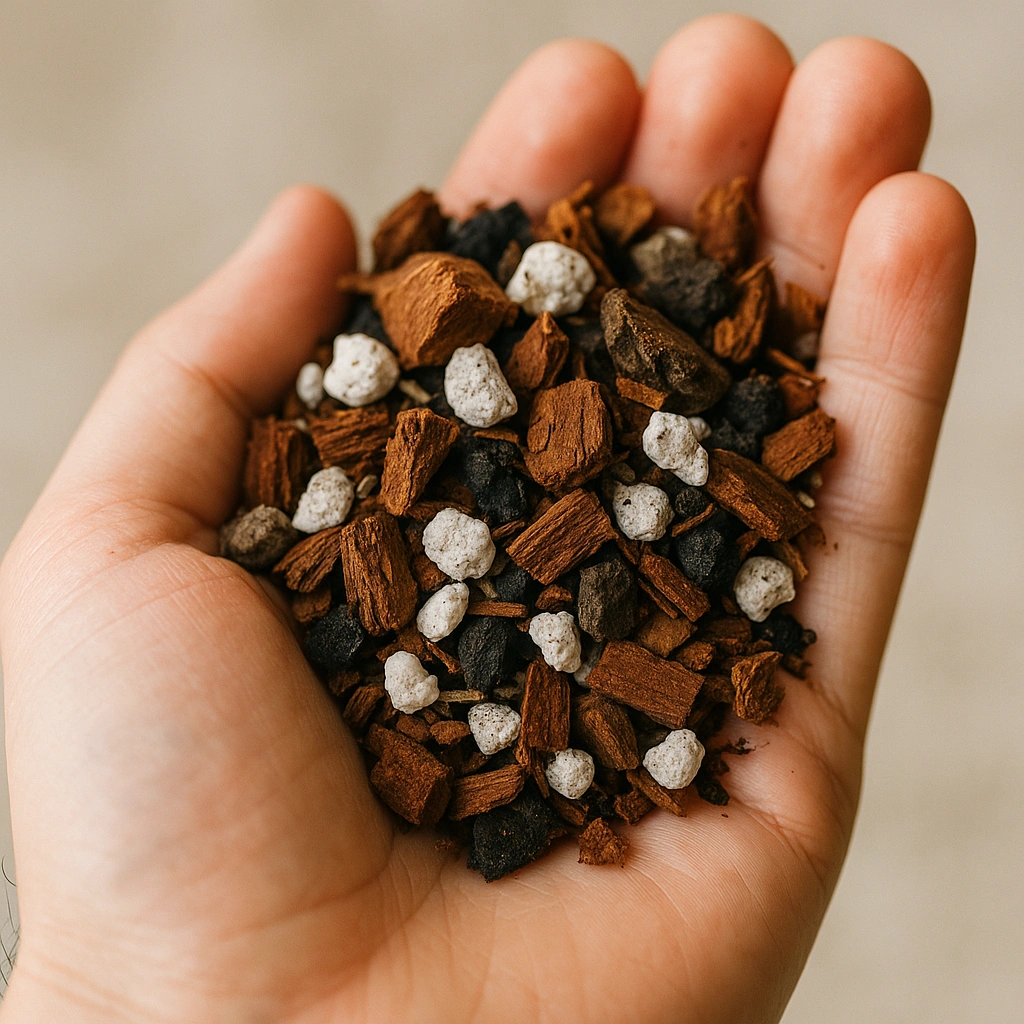
Watering Rhythm & Cues
Find a balance. They don’t want to be soggy, but they also resent drying out completely, which can damage their fine roots. Water thoroughly once the top 1-2 inches of the mix feels dry to the touch. A clear pot can be a great tool, allowing you to see moisture levels throughout the pot.
Light Positioning
Place them in a spot with bright, filtered light, like near an east-facing window or a few feet from a south or west window, shielded by a sheer curtain. Too little light leads to leggy growth and less vibrant coloration, while direct sun will quickly scorch their sensitive **velvet leaves**.
Fertilization & Growth Season
Anthuriums are moderate feeders. During the growing season (spring and summer), use a balanced liquid fertilizer at quarter to half strength every 2-4 weeks. Alternatively, a **slow-release fertilizer** incorporated into the potting mix at the beginning of the season can provide consistent nutrients without the risk of burning the roots. For more tailored care plans, explore our blog or our personalized **[plant care services](https://greenwandering.biz.id/services/)**.
Buying Guide: Choosing a Healthy Plant
Investing in a collector plant requires a keen eye. Here’s what to look for:
- Leaf Condition: Look for firm, unblemished leaves. A small amount of cosmetic shipping damage is acceptable, but avoid plants with yellowing halos or significant brown, crispy edges.
- Pest Check: Thoroughly inspect the undersides of leaves and the plant’s crown for pests.
- Root Health: Healthy Anthurium roots are thick and often slightly fuzzy. Avoid plants with dark, mushy roots.
- Active Growth: A new leaf emerging is a great sign that the plant is healthy and actively growing.
Our commitment to real photos is explained on our About page. See the quality of our plants in our Projects portfolio and Contact us to source your dream plant.
Shipping & First-Week Acclimation
The delicate leaves of these Anthuriums require expert packing. Expect your plant to arrive with ample padding and moisture control to protect the foliage.
Unboxing & 7-Day Acclimation
When your plant arrives, unbox it carefully and immediately place it in a high-humidity environment (like a clear storage bin or near a humidifier) with medium, indirect light. Do not place it in bright light right away. For the first week, focus on stability: no repotting, no fertilizing, and no major changes in its environment. This allows it to recover from shipping stress. Our curation services ensure every plant is prepared for a safe journey.
Comparison: Clarinervium vs. Crystallinum
| Feature | Anthurium clarinervium | Anthurium crystallinum |
|---|---|---|
| Leaf Shape | Broad, wide heart shape. | Longer, more elongated heart shape. |
| Leaf Texture | Thick, leathery, “cardboard” feel. | Thinner, more delicate velvet. |
| Sinus (Top Opening) | Wide and open. | Narrow, with lobes often overlapping. |
| Difficulty | Beginner-Intermediate. More forgiving. | Intermediate. More sensitive to humidity. |
| Best For | First-time velvet Anthurium owners. | Collectors ready for a bit more challenge. |
Common Mistakes to Avoid
- Insufficient Humidity: This is the #1 cause of crispy brown edges on leaves.
- Dense Soil: Using regular potting soil will lead to rapid root rot. Aeration is key.
- Overwatering: While they like to stay moist, soggy soil is a death sentence.
- Direct Sunlight: Their delicate leaves will scorch easily. Always provide filtered light.
- Moving the Plant During Leaf Hardening: A new, fragile leaf can be easily damaged. Let it harden off in a stable spot.
Expert Tips & Best Practices
Ready to see your Anthuriums truly thrive?
- Use a Humidifier: It’s the most effective way to provide the consistent, high humidity these plants crave.
- Group Your Plants: Placing several tropical plants together creates a micro-climate with higher humidity.
- Choose the Right Pot: A terracotta pot can help wick away excess moisture, providing an extra buffer against overwatering.
- Watch the Roots: In a clear pot, you can monitor root health and moisture levels at a glance. Healthy roots are a sign of a happy plant.
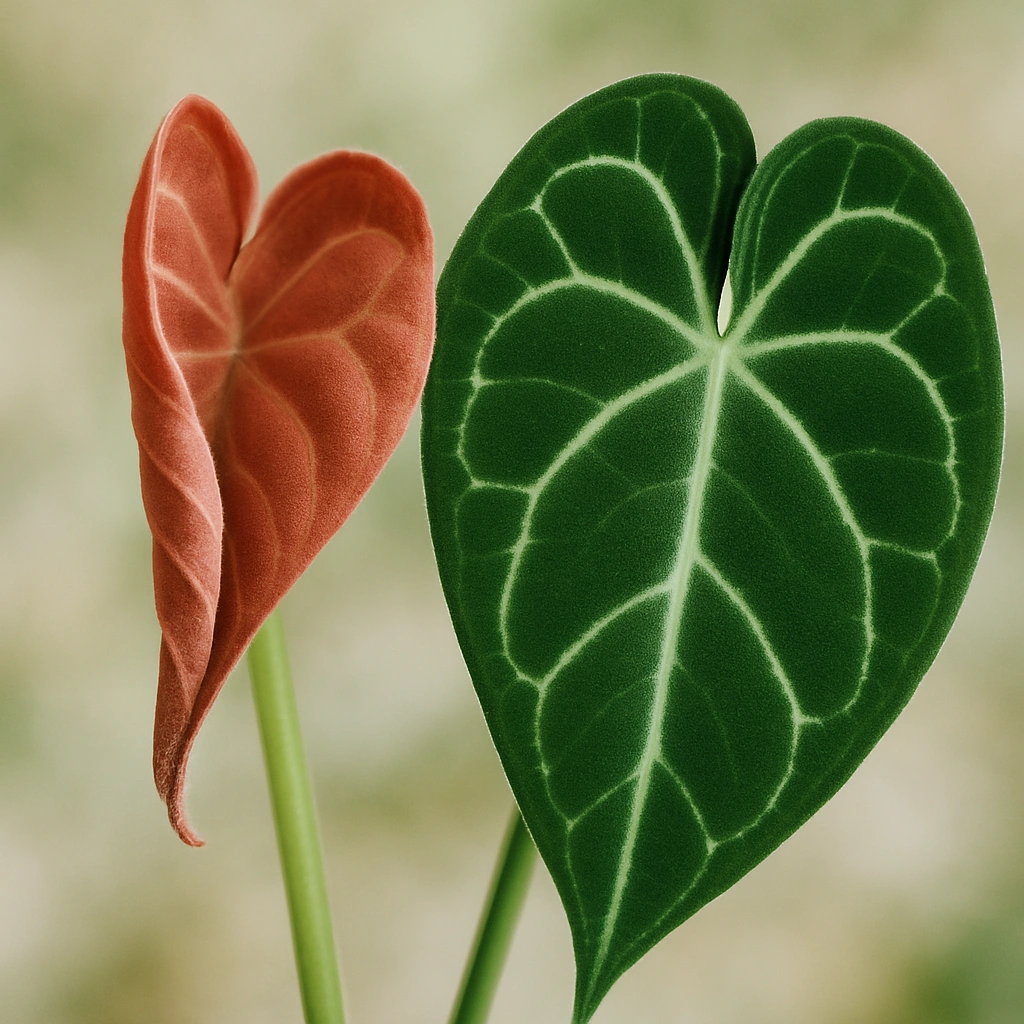
“Patience is the key with these Anthuriums. They teach you to observe closely—the subtle cues of a thirsty leaf, the slow unfurling of new growth. Master their environment, and they will reward you with unparalleled beauty.”
Frequently Asked Questions (FAQ)
Why are the edges of my Anthurium leaves turning brown and crispy?
Crispy, brown leaf edges on velvet-leaf Anthuriums are almost always a sign of low humidity. These plants thrive in 60-80% humidity. Try using a humidifier, grouping plants together, or placing them on a pebble tray with water to increase moisture in the air.
Is Anthurium clarinervium or crystallinum easier to care for?
Anthurium clarinervium is generally considered slightly easier and more forgiving for beginners. It is more tolerant of average household humidity and less prone to root issues compared to the more sensitive Anthurium crystallinum.
How can I make my Anthurium’s white veins brighter?
The prominent white venation is largely genetic, but optimal care can enhance its appearance. Providing bright, indirect light is key, as this allows the leaf to develop deep, rich green tissue that contrasts sharply with the veins. Proper fertilization also supports healthy development.
What is ‘leaf hardening’ and why is my new leaf so fragile?
Leaf hardening is the process where a new, delicate leaf matures and becomes firm. New Anthurium leaves emerge soft, often with a reddish or bronze tint, and are very fragile. Over a few weeks, they will expand, darken to their final green color, and develop their signature velvety texture. Avoid touching or moving the plant excessively during this time.
Can I use a regular potting mix for my Anthurium?
No, standard potting mix is too dense and will lead to root rot. These Anthuriums need an extremely airy, chunky, and well-draining aroid mix. A good mix should be primarily composed of orchid bark, perlite, and coco coir, with very little traditional soil.
Conclusion
While *Anthurium clarinervium* and *Anthurium crystallinum* share a stunning family resemblance, their subtle differences in shape and resilience make each a unique growing experience. The Clarinervium offers a more robust entry point into the world of velvet-leaf wonders, while the Crystallinum rewards meticulous care with its elegant, elongated leaves. By prioritizing high humidity, exceptional drainage, and bright, indirect light, you can successfully cultivate either of these magnificent plants. A well-cared-for **Anthurium** is more than just a houseplant; it is a living sculpture that brings a touch of the exotic rainforest to your home.
Ready to add one of these beauties to your collection? View our available plants in our Projects portfolio and contact us for personalized sourcing.
